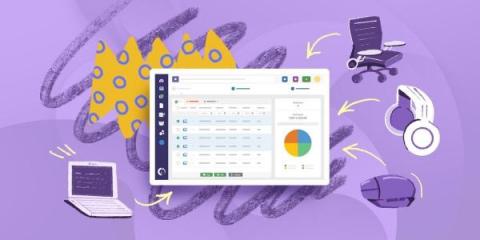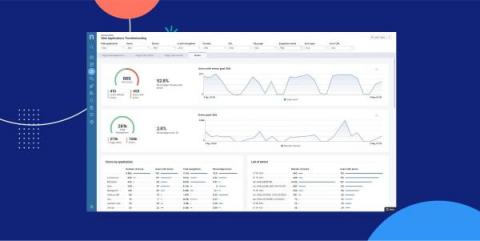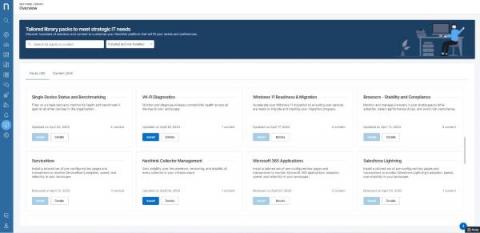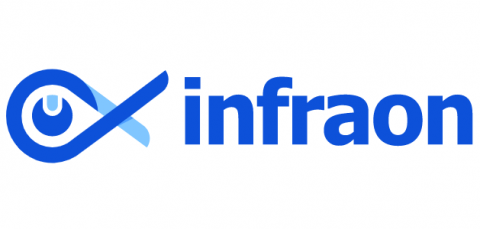Operations | Monitoring | ITSM | DevOps | Cloud
Latest News
Application Experience: Improve Employee Productivity with Smarter Monitoring
The explosive growth of web applications has created a serious blind spot for End User Computing (EUC) teams. While a few of the most business-critical custom web applications built by company DevOps teams are instrumented with Application Performance Management (APM) tools, the remaining commercial SaaS applications, whether customized/extended or “out-of-the-box” are a complete blind-spot.
What is the Nexthink Library? An Introduction to Nexthink's Out-of-the-Box Solutions
Customers invest in Nexthink to see, diagnose, and fix problems before they occur, resolve critical disruptions, and improve overall digital employee experience to drive workforce efficiency. But after initial implementation of your new DEX platform, where do you begin? You have a robust set of measured KPI’s that must be achieved to fulfill the business requirements outlined by key leadership stakeholders, and an entirely new platform to learn how to use.
What is Digital Employee Experience (DEX)?
The Benefits of Using NFC for Asset Tracking in Government Agencies
As government agencies continue to grow and evolve, the need for effective asset tracking becomes increasingly important. Accurately tracking and managing assets can help agencies save time, reduce costs, and improve overall efficiency. One technology that is gaining popularity in the asset tracking space is Near Field Communication (NFC). In this blog, we will explore the benefits of using NFC for asset tracking in government agencies.
Building a Culture of Innovation with DEX: How Digital Workplaces Can Foster Creativity & Growth
What is Remote IT Support? Definition, Scope, and Tools
The Pros and Cons of RFID vs. QR Codes for Asset Management
Asset management is critical to the success of any organization, and with advancements in technology, organizations now have more options than ever for tracking and managing their assets. Two popular technologies used for asset management are Radio Frequency Identification (RFID) and Quick Response (QR) codes. While both technologies have their benefits and drawbacks, choosing the right one for your organization can have a significant impact on your asset management practices.
Productivity Hacks for Facility Management Professionals
In the fast-paced and demanding field of facility management, it's essential to maximize productivity, streamline operations, and deliver exceptional results. Whether you are responsible for maintaining a commercial building, overseeing a healthcare facility, or managing a corporate campus, mastering productivity techniques can significantly impact your success.










